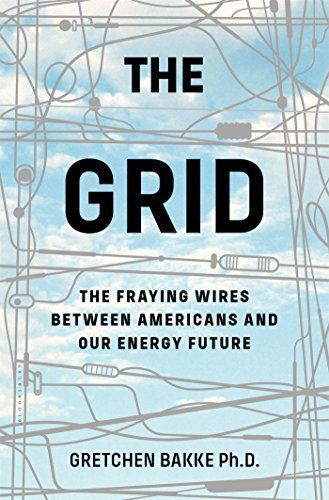
Reviews
Timeo Williams@timeowilliams
Andrew John Kinney@numidica
Matthew Royal@masyukun
Andrew Louis@hyfen
Elizabeth Alderman@ealder
liz montesano@lizmontesano
Jared Connor@loopstrangely
Coleman McCormick@coleman
John Bush@fjbiv
Jk Jensen@jkj
Regan O’Neill@onereg
Jan Miczaika@janmb